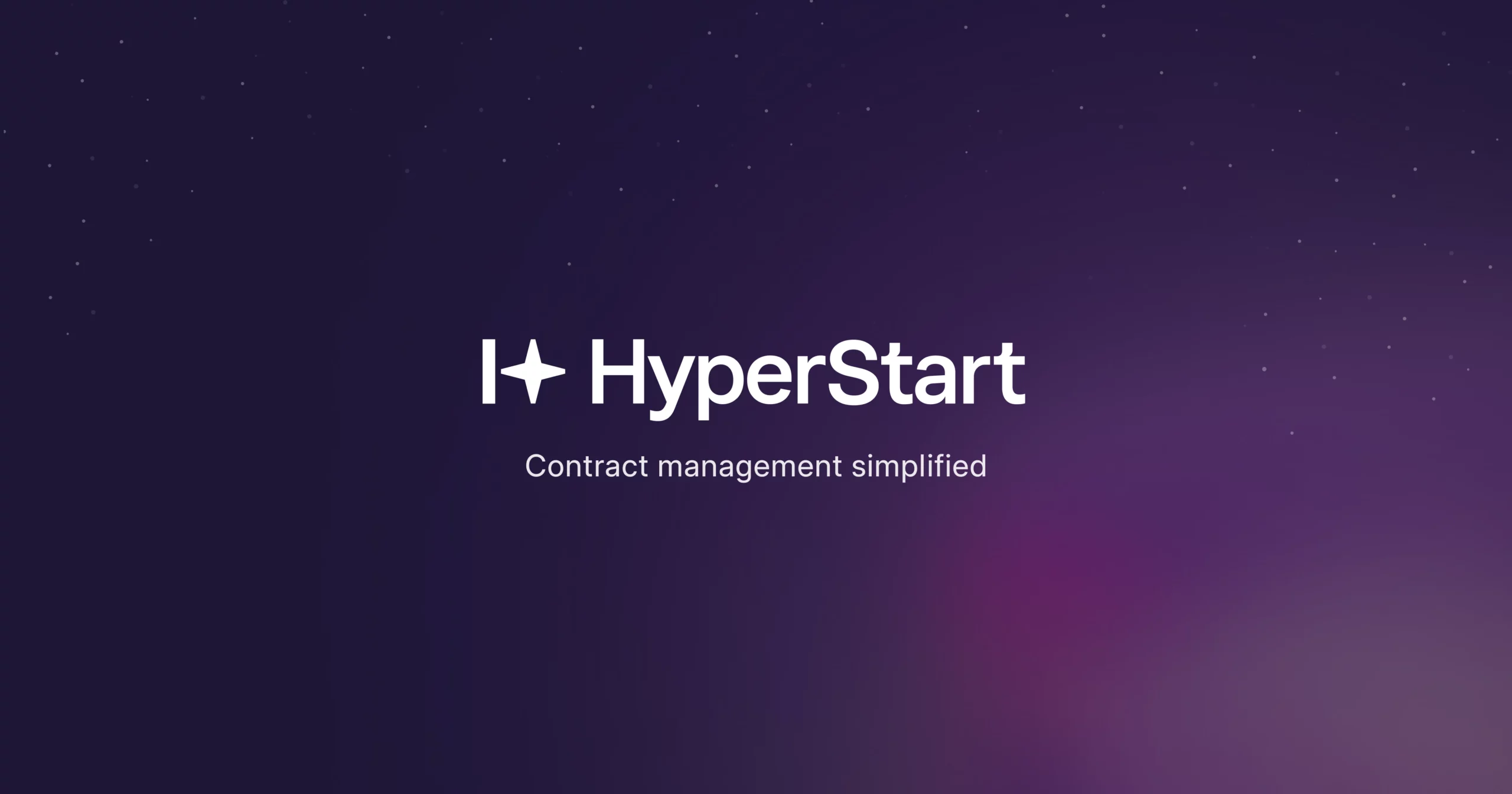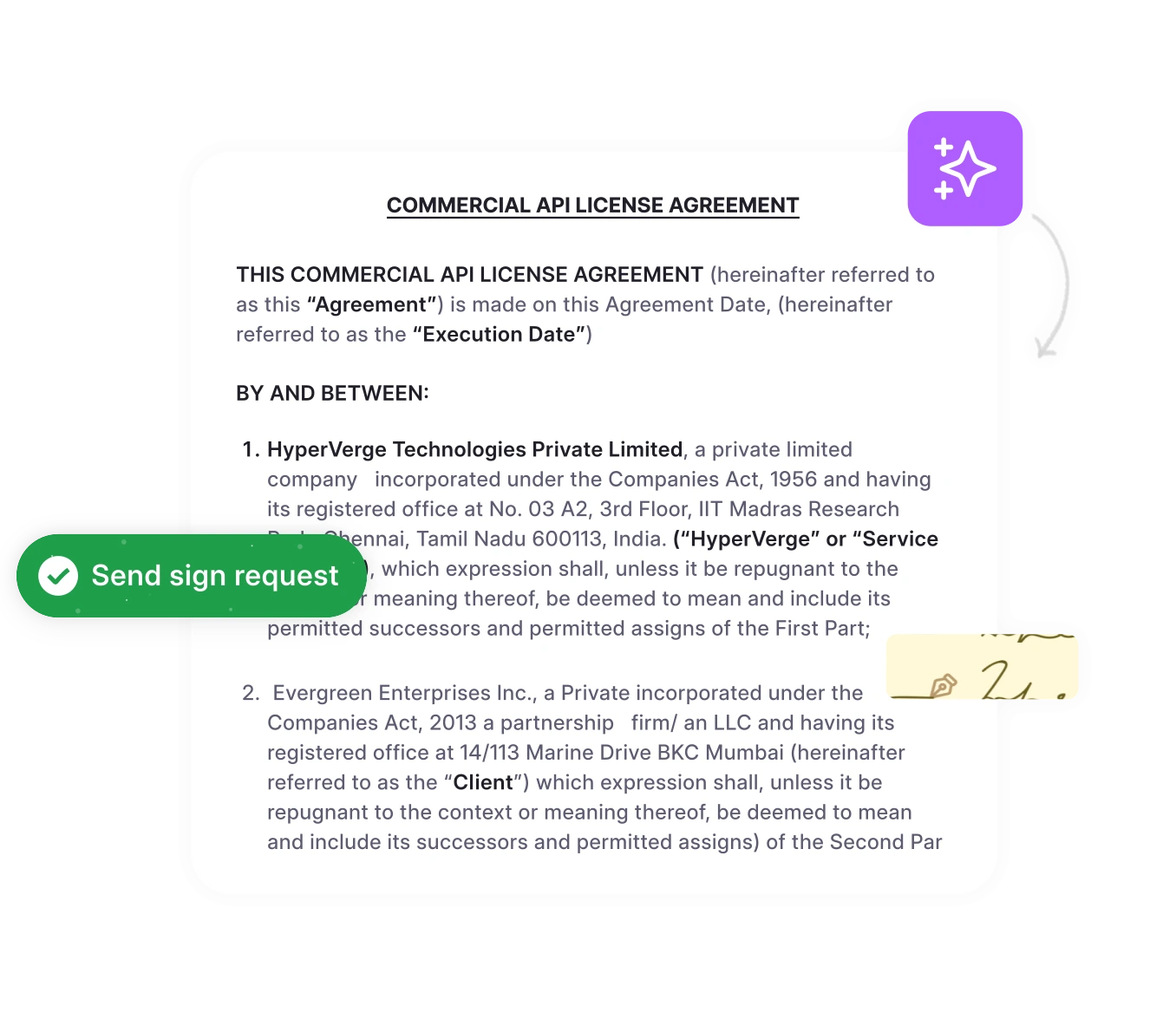Energy contracts are designed to deliver stability. Yet for many businesses in the energy industry, they quietly drain profits instead.
Locked-in rates that no longer match the market, unnoticed auto-renewals, missed incentives, and outdated compliance terms can silently chip away at your margins. In fact, studies from PwC, show that poor energy contract management can cost companies between 5% and 40% of the total contract value, losses hidden in the fine print.
And in an era where energy prices are increasingly volatile and regulations are shifting faster than ever, the stakes have never been higher. Without a centralized system to monitor contract obligations, review terms, and respond to market shifts, companies are operating in the dark.
This guide will show you:
- How to uncover hidden risks in your energy contracts
- Proven strategies to improve compliance, control costs, and boost operational agility
- Key practices leading companies use to stay ahead
Let’s begin.
What is energy contract management?
Energy contract management is the structured process of contract creation, negotiating, executing, and monitoring agreements tied to energy procurement and supply, while ensuring streamlined contract administration, accurate contract tracking, and continuous contract performance monitoring.
Done right, energy contract management helps businesses:
- Lock in favorable rates
- Ensure supply reliability
- Maintain regulatory compliance
- Proactive handling of contractual obligations
- Avoid unnecessary costs from missed clauses or auto-renewals
But managing these contracts manually or worse, reactively in spreadsheets and inboxes, is a recipe for hidden risk and missed savings.
Modernize your energy contracts
Energy contracts living in static spreadsheets or email threads? HyperStart stores, organizes, auto-extracts, and tracks key terms. No more leaving money on the table.
Book a DemoWhat are the common types of energy contracts?
Choosing the right energy contract is essential for aligning with business goals, ensuring regulatory contract compliance, and meeting customer demands for sustainable practices. Here is the breakdown:
| Contract type | What it is | Best for | Key consideration |
| Fixed-Rate Contracts | Set price for energy over a fixed term | Budget predictability and cost control | Might miss savings when market prices dip |
| Variable-Rate Contracts | Pricing fluctuates with market conditions (aka index-based contracts) | Companies comfortable with price volatility | Requires market expertise and active monitoring |
| Power Purchase Agreements (PPAs) | Long-term energy purchase agreements for renewables | Businesses focused on sustainability goals | Contracts run 10–25 years where planning is critical |
| Block and Index Contracts | Part fixed, part market-indexed rates | Balanced cost stability and market exposure | Complex to manage without tech tools |
| Hedging Contracts | Financial instruments to reduce price volatility | Large energy consumers with expert advisors | High sophistication, less common for SMEs |
| Green/Renewable Contracts | Linked to Renewable Energy Certificates (RECs) | Companies targeting carbon neutrality | Premium pricing may apply based on market dynamics |
Juggling different contract structures on spreadsheets?
Monitor fixed rates, track variable exposure, and don’t let another PPA milestone slip by. Without the manual grunt work.
Book a DemoKey elements of energy contracts
Use this to assess whether your energy contracts cover all critical areas before contract signing or renewing.
Contract foundation
- Are all parties correctly identified, with clear roles and responsibilities?
- Is the scope of the agreement clearly defined (type, volume, and services)?
- Have pricing models and payment terms (billing cycles) been reviewed?
Timelines & terms
- Are start and end dates, auto-renewal clauses, and notice periods clearly stated?
- Are delivery obligations (schedule, location, metering) documented and agreed upon?
Performance & risk
- Do service level agreements (SLAs) define performance benchmarks and remedies for failure?
- Are termination and renewal conditions clearly explained, with defined penalties (if any)?
- Is there a force majeure clause covering natural disasters, legal changes, etc.?
Legal & compliance
- Does the contract include a clear mechanism for dispute resolution?
- Are data protection and confidentiality obligations explicitly stated?
Challenges in energy contract management and how to solve them
Energy contracts might look simple on the surface — a list of rates, terms, and suppliers. But in practice, managing them reveals layers of complexity that many businesses underestimate. Let’s explore the key challenges and practical solutions:
1. Challenge: Complex, ever-changing regulations
The energy industry is one of the most heavily regulated industries worldwide. Compliance requirements, such as emissions reporting, renewable energy obligations, and constant regulatory changes, as well as regional tariffs and billing standards, vary not only by country but also often by state or province.
Solution: Implement a contract management solution that tracks regulatory updates in real time. Pre-approved clause libraries and automated legal reviews can ensure your contracts stay compliant and audit-ready without constant manual intervention.
2. Challenge: Price volatility and market disruption
Energy markets are shaped by unpredictable factors like geopolitical tensions, natural disasters, and supply chain disruptions. Contracts signed during stable periods can quickly become liabilities if they lock businesses into above-market rates.
Solution: Negotiate the contract with flexible terms like indexed pricing and include renegotiation triggers in your contracts. Review pricing structures using real-time market data to allow timely price adjustments and protect business margins.
It recaptured $1.2M from:
- Locking in terms and management costs for future power purchases
- Negotiating the currency exchange rate when market opportunities arose
- Used RFPs as leverage to get preferred supplier to waive off security deposit
The client also saves an additional $2.5M and counting in sites across the US, Australia, and the UK. Read here.
3. Challenge: Technology integration gaps
Modern energy procurement involves advanced technologies — smart grids, IoT meters, carbon tracking systems, and real-time analytics platforms. When contract data isn’t integrated with these systems, businesses lose visibility into usage patterns, performance metrics, and compliance triggers.
Solution: Adopt a contract management software that offers seamless integrations with your energy management, ERP, and analytics systems. This ensures that contract terms, obligations, and KPIs are continuously monitored and actionable insights are readily available.
4. Challenge: Long-term deals with long-term risk
Energy agreements like Power Purchase Agreements (PPAs) or infrastructure deals can stretch over decades, often with multiple phases and complex milestone obligations. Without proper contract tracking, critical terms can get overlooked, leading to “contract drift” over time.
Solution: Use version-controlled contract repositories and automated milestone tracking. Set up alerts for renewal windows, and key deliverables to manage long-term risks proactively and avoid costly oversights.
5. Organizational silos
Energy contracts touch many departments of finance, operations, legal, sustainability, facilities but are often managed in isolation by a single function like legal or procurement. This siloed approach delays decision-making and increases the risk of missing critical inputs. Cross-functional workflows minimize delays, improve partner management, and enhance vendor relationships.
Solution: Enable cross-functional collaboration through centralized contract management platforms with role-based access. Ensure all stakeholders from finance to sustainability have visibility and can contribute at key stages of the contract lifecycle.
6. Multi-layered supply chains
Today’s energy supply chains involve multiple layers of generators, wholesalers, retailers, aggregators, and local utilities. Managing diverse contracts manually in various business units or regions leads to missed obligations, duplicate efforts, and lost cost-saving opportunities.
Solution: Centralize all energy contracts in a unified system that can handle multi-party agreements. Use automated obligation tracking, layered approval workflows, and dashboards to ensure no deadlines or entitlements are missed across the supply chain.
Over 90% of leaders in the oil and energy sector identified improving internal processes and raising staff capabilities as top priorities.
5 essentials of effective energy contract management
Below are five foundational areas where high-performing energy teams focus:
1. Understand your contract types and clauses
Energy contracts are not generic documents. Each contract type—whether a power purchase agreement (PPA), renewable energy certificate (REC), or gas supply deal—carries its risks, pricing logic, and obligations.
Teams that succeed take the time to identify and interpret critical clauses such as auto-renewals and force majeure. Doing this upfront enables better negotiation, risk planning, and cost recovery.
2. Integrate compliance early, not after signing
Compliance issues that are discovered too late in audits entail a high cost of course correction.
Efficient teams integrate regulatory and ESG compliance into contract templates and approval workflows from the start. They use standardized language, clause libraries, and automated legal checks to ensure every document aligns with current laws and disclosure obligations.
3. Monitor contract performance in real time
Once signed, contracts often fade into the background until something goes wrong. But in the energy sector, poor performance can lead to delayed supply, regulatory breaches, or financial loss.
This is why smart teams use SLAs and key performance indicators tied to specific contract terms. Whether it’s tracking downtime, delivery metrics, or vendor responsiveness, performance monitoring must be built into your process, not left to guesswork.
4. Use terms that respond to market dynamics
The energy market is volatile. Yet many contracts lock businesses into static terms that ignore changing prices, capacity constraints, or geopolitical disruptions.
Strategic contract managers incorporate indexed pricing, inflation adjustments, and renegotiation triggers into their agreements. This flexibility ensures terms remain competitive over time, and don’t just meet myopic objectives.
5. Automate the routine and standardize the process
Manual contract processes often lead to missed renewals, version errors, and communication breakdowns between departments.
Leading teams use contract lifecycle management platforms to automate drafting, approvals, alerts, and document storage. These systems connect legal, procurement, finance, and operations, ensuring smooth approval processes and faster service delivery.
By focusing on these five areas, you’re building a contract system that supports growth, avoids risk, and helps your energy strategy adapt in real time.
Managing energy contracts with precision — Why HyperStart is the right choice
HyperStart equips energy and infrastructure teams with the precision, control, and contract visibility needed to manage contracts effectively across their full lifecycle. As a leading contract management solution for oil and gas industry, HyperStart directly supports the key capabilities required for efficient contract management:
| Capability | How HyperStart supports it |
| Workflow automation | Automate every step using configurable workflows, conditional approvals, and dynamic routing based on contract data. |
| Centralized contract repository | AI-powered repositories consolidate all contracts across sources (email, cloud, CRM), with full-text search and auto-extracted key terms like counterparty, values, and expiration dates. |
| Version control and negotiation | Manage contract edits directly in Word or within the platform, with tracked versions, contract redlines, and rollback options. |
| Approval management | Support for default, conditional, and ad-hoc approvals with clear audit trails. |
| Obligation and renewal tracking | Tag obligations, assign internal tasks, and monitor renewal windows with layered alerts and performance reminders. |
| Integrated eSignature and eStamping | Execute contracts with Aadhaar eSign, OTP-based signing, and optional eStamping for select Indian states—all from the same interface. |
| Cross-functional collaboration | Role-based access, shared activity logs, comment threads, and automated notifications keep legal, finance, and operations aligned. |
| Template and clause management | Start contracts from standard templates with pre-approved clauses, ensuring compliance and reducing drafting time. |
For energy companies managing high-value, long-term, or regulated contracts, HyperStart provides the infrastructure to scale confidently, reducing risk, improving response times, and supporting strategic decision-making throughout the entire contract lifecycle.
Energy operations are scattered. Regulations are strict. And market volatility demands structured, automated contract oversight now more than ever.
Schedule a demo of HyperStart and discover how our platform provides visibility and control throughout your entire contract lifecycle.












